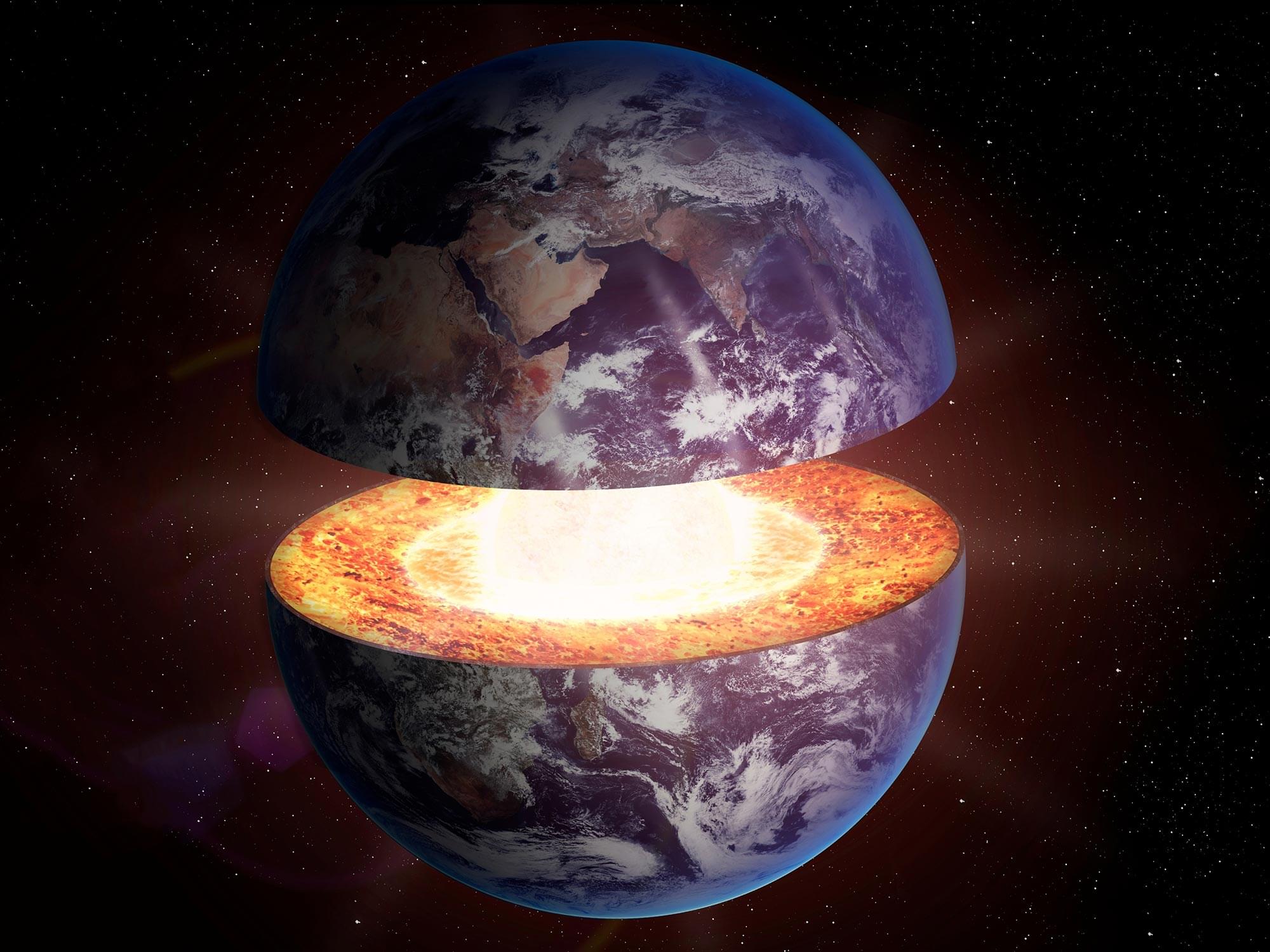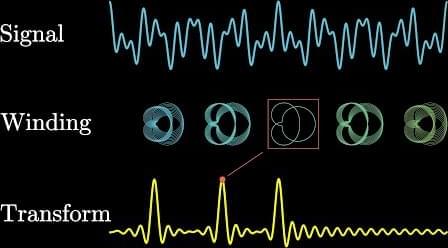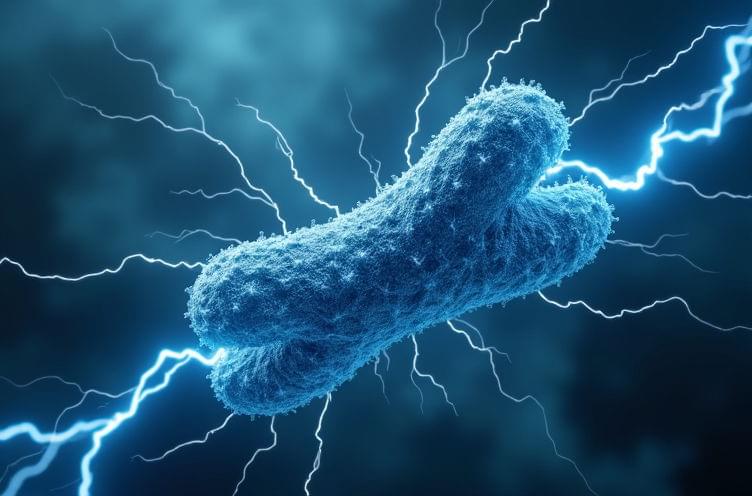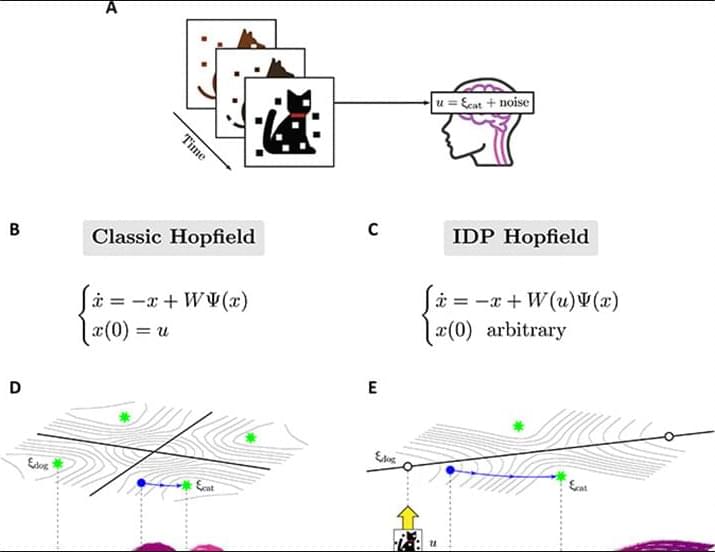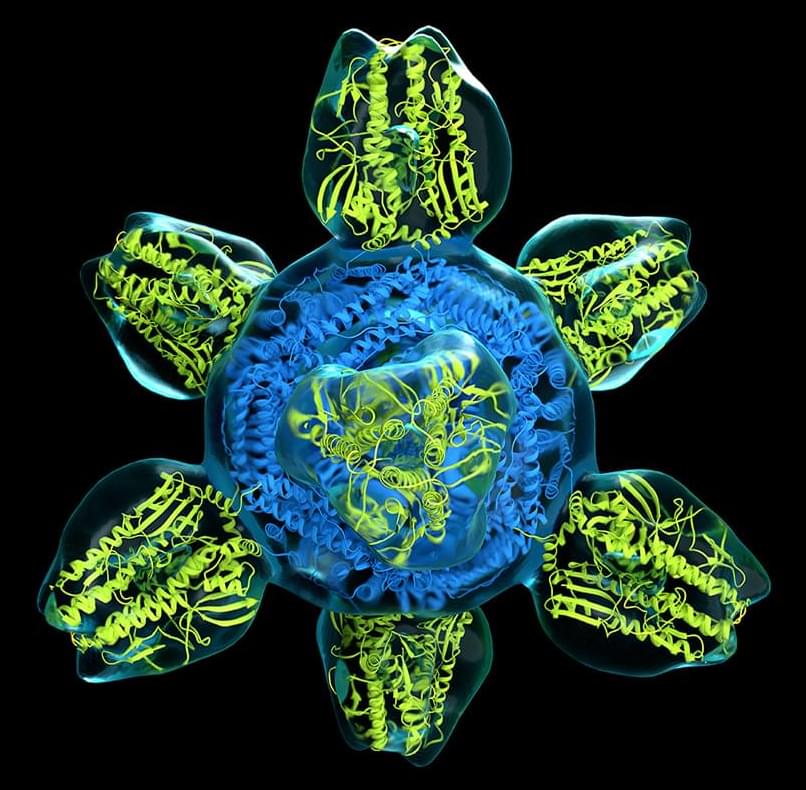By simulating the future atmosphere, scientists hope to understand whether trees will continue to act as the lungs of the planet.
Category: futurism – Page 2
Researchers explore the curious relationship between sound and gene expression in cell cultures.
How core-mantle differentiation influenced the distribution of volatile elements on Earth. Imagine Earth’s history as a mystery novel, with one of its greatest unresolved questions being: Where did all the nitrogen go? Scientists have long observed that Earth’s rocky outer layer, the mantle, cont
An animated introduction to the Fourier Transform.
Help fund future projects: https://www.patreon.com/3blue1brown.
An equally valuable form of support is to simply share some of the videos.
Special thanks to these supporters: http://3b1b.co/fourier-thanks.
Learn more about Janestreet: https://janestreet.com/3b1b.
Follow-on video about the uncertainty principle: https://youtu.be/MBnnXbOM5S4
Interactive made by a viewer inspired by this video:
https://prajwalsouza.github.io/Experiments/Fourier-Transform-Visualization.html.
Also, take a look at this Jupyter notebook implementing this idea in a way you can play with:
https://github.com/thatSaneKid/fourier/blob/master/Fourier%2…tion.ipynb.
Thanks to these viewers for their contributions to translations.
Hebrew: Omer Tuchfeld.
Russian: xX-Masik-Xx.
Vietnamese: @ngvutuan2811
—————–
A newly discovered electrically conductive organism that transports electrical current like a wire could usher in an era of bioelectronics.
External inputs reshape the Hopfield energy landscape and drive memory retrieval, even under noise and ambiguity.
Indiana University School of Medicine scientists have developed a powerful new imaging technique to study bone marrow in mouse models. By overcoming key challenges unique to imaging this complex tissue, this advancement could support future drug development and therapies for conditions involving bone marrow, including cancers, autoimmune diseases and musculoskeletal disorders.
The new method was made possible by the multiplex imaging tool Phenocycler 2.0, which enabled researchers to visualize a record number of cellular markers within intact bone marrow tissue from mice. The findings are published in Leukemia.
“Bone marrow is difficult to study because it is gelatinous and encased in hard bone,” said Sonali Karnik, Ph.D., assistant research professor of orthopedic surgery at the IU School of Medicine and co-lead author of the study. “Since bone marrow plays an important role in blood and immune cell formation and houses valuable stem cells, our unique imaging approach offers a useful tool for a variety of research applications.”
There’s a sweet spot for the amount of daily steps you need to counteract a highly sedentary lifestyle, and research indicates what it is.
Four decades ago, researchers raced to image proteins with electron microscopes cooled with liquid helium to near absolute zero. They hoped the extreme cold would reduce the radiation damage produced by the microscopes’ electron beams, resulting in sharper views. But inexplicably the images invariably came back fuzzier than when the machines ran at warmer liquid nitrogen temperatures. After years of frustration, helium cooling was all but abandoned. Now, researchers in the United Kingdom have finally figured out the problem: The lower temperature causes ice surrounding the proteins to buckle, distorting the images. And they’ve come up with a workaround to prevent the buckling and sharpen the resolution.
“It’s great they managed to get this to work,” says Peter Denes, a physicist at Lawrence Berkeley National Laboratory. Elspeth Garman, a structural biologist at the University of Oxford, adds that the resolution improvement “will feed into getting better detail of bigger protein complexes and smaller protein components within these complexes,” she says.


